Average production volume is expected in the EU, with positive performances recorded in Italy, France, and Germany, which balanced out the low harvests expected in Spain and Greece, which were particularly affected by the heat wave during summer. First harvest forecasts in the USA indicate that production volume will be slightly lower than in 2021. After the record-high figures of last year, Southern Hemisphere vineyards produced average volumes, with the only exception of New Zealand that, thanks to favourable climatic conditions, records the largest production ever.
In 2022, despite the heat wave that touched many regions of the world, global wine production volume is expected to be at a level similar to the one observed last year. This would be the fourth consecutive year where the global production level can be considered as slightly below average.
This year harvest has been characterised by extreme heat and record-breaking drought that sped up ripening in vineyards all over the globe. A report recently published by the Global Drought Observatory indicated that almost two thirds of the European territory was in a state of drought or on alert due to heat waves and extremely low rainfall: this has been the worst drought in the last 500 years. And Europe was not the only region impacted: from East Africa to California, extreme temperatures have been recorded this year.
World Production
Based on the information collected on twenty-nine countries, which represent 91% of the world production in 2021, 2022 world wine production (excluding juices and musts) is estimated between 257.5 and 262.3 mhl, with a mid-range estimate at 259.9 mhl.
The 2022 wine production volume can be considered slightly below its 20-year average and seems to have fallen by 1% compared to 2021. This is due to higher than-expected harvest volume in Europe (despite the drought and heat waves during spring and summer) and average production level recorded in the Southern Hemisphere and in the USA. Overall, in 2022 the dry and hot conditions observed across different regions of the world have led to early harvests and average volumes, nonetheless an overall good quality is expected.
It should be noted, however, that the figures for 2022, must be taken with caution as there are still large countries like China and Russia for which information is not available yet. Also, the high volatility in production volumes observed over the last years at regional levels makes the forecasting exercise even more difficult.
Northern hemisphere
European Union
In the European Union (EU), a series of adverse weather events – spring frost, hail, excess heat, and drought – have been observed all along the 2022 growing season.
Spring and summer heatwaves across Europe have resulted in early ripening. At the beginning of the season, there was widespread concern among key stakeholders that yields were expected to be lower due to extreme heat and lack of rainfall in many areas. However, in the end, the absence of major grape diseases and late summer rains made up for it, resulting in higher yields than initially expected in several regions and countries.
The result is an overall early harvest and an estimated wine production volume of 157 mhl, excluding juices and musts. This volume shows an annual increase of 3.5 mhl (+2%) compared to 2021. Overall, preliminary estimates for 2022 wine production in EU countries indicate quite a heterogeneous situation, due to different weather conditions throughout the year, undergone in different vine regions.
Notwithstanding the drought that hit certain regions, 2022 proved to be a favourable year for wine production in the two largest EU producing countries – Italy and France, which together account for 36% of the world and 60% of the EU wine production – mainly thanks to the rains at the end of the summer. Italy, still ranking first producer of the world at 50.3 mhl, estimates a volume in line with its 2021 wine production. France, after the very low vintage of 2021, characterised by severe damages due to early frost in April, followed by summer rain, hailstorms, and mildew, is the EU country with highest growth rate with respect to the previous year: it foresees a production level of 44.2 mhl, which represents +17% compared to 2021. Dry and hot weather this year reduced disease pressure on vines and lead to an early start of the grape harvest.
Spain in 2022 will be the third largest wine producer in the world with an estimated production of 33.0 mhl.
This relatively low volume (-6% compared to 2021 and 12% lower than its five-year average) can be attributed to drought and limited access to water in many regions.
Among the other major wine producing countries in the EU, positive performances with respect to 2021 have been recorded in Germany (8.9 mhl, +2% / 2021), Romania (4.6 mhl, +4% / 2021), Bulgaria (0.9 mhl, +5% / 021), Slovenia (0.7 mhl, +15% / 2021), and Croatia (0.6 mhl, +12% / 2021). In these countries, the dry and hot growing season has been beneficial for vineyards, a large part of which have been very productive, despite the hot temperatures.
On the other hand, several countries within the EU expect a negative growth with respect to 2021. For example, Portugal, the fifth largest European wine producer, has an estimated 2022 wine production volume of 6.7 mhl (-8% / 2021). The harvest in Portugal, like in many other EU countries, has been hit by excessive heat during summer, coupled with little rainfall. However, it should be noted that the expected 2022 level is in line with its five-year average. Hungary’s estimated wine production is 2.5 mhl in 2022, a level 3% below 2021 and 15% lower than its five-year average.
Also in this case, the extreme temperatures recorded in spring and summer lead to an early and relatively small harvest. Similarly, Austria, with 2.3 mhl, estimates a wine production that is 6% lower than 2021 and 8% lower than its five-year average. One of the countries that was hit harder by the heat wave this season is certainly Greece, where the expected wine production in 2022 is estimated at only 1.7 mhl. This represents not only a sharp fall with respect to the previous year (-29%), but also a steep decline compared to its five year average. Lastly, Czech Republic expects a wine production of 0.6 mhl, a level 8% lower than 2021 in line with its five-year average.
Outside EU
In the USA, fourth producer at world level, the preliminary estimate for 2022 wine production is 23.1 mhl. This figure is 4% lower compared to last year, and 6% lower with respect to its five-year average. This relative decrease can be partially attributed to early frost damages, drought-like conditions in summer and consequent lack of water supply in certain wine regions.
At this time of the year, data on grape harvest in China is not available. However, wine production is likely to continue the contraction that started in 2016 for structural reasons outlined in previous OIV reports on the state of the vine and wine sector
As for Eastern European countries, wine production in Georgia is estimated to be in line with the already large production of 2021 (+2%), with a record-high level of 2.1 mhl.
This volume is due to favourable weather conditions that lead to high grape yields and a governmental subsidy programme that has pushed production to record levels. In Moldova, wine production in 2022 is estimated at 1.3 mhl, a decrease of approximately 7% compared to 2021 volume. This year, exceptionally, data on grape harvests and wine production in Russia are not yet available.
Switzerland is expected to record 1.0 mhl, which is 59% higher than the extremely low volume of 2021. The Swiss wine production volume of this year is not only larger than last year, but also 12% higher than the average observed over the last five years. The heat waves experienced across Europe were beneficial for Swiss vineyards at relatively high altitudes.
Southern hemisphere
In the Southern Hemisphere, where harvests end in the first trimester of 2022, preliminary figures on wine production tend to be more accurate in this period of the year. After a significant decline in wine production in 2020 caused by unfavourable climatic conditions and a record-high 2021 harvest, in 2022 the wine production estimate for the southern hemisphere is about 55 mhl, -7% compared to the previous year, but fully in line with its last five-year average. Overall, in 2022 the southern hemisphere wine production is expected to account for 21% of the world total.
All major South American wine-producing countries have registered a fall in production with respect to 2021. Chile is the largest producer in the southern hemisphere in 2022, with wine production peaking at 12.4 mhl, benefitting from dry conditions and just 7% below last year’s exceptionally high production (7% above its five-year average). In 2022, due to extremely variable weather conditions (frost, heavy rainfalls, etc.), Argentina’s wine production has decreased by about 1.0 mhl, with production reaching 11.4 mhl (-9% / 2021).
Brazil has an estimated wine production volume of 3.2 mhl in 2022. Even though this represents a decrease of 10% with respect to 2021, the expected volume of this year, despite dry spring and drought summer conditions, is higher than the average observed in the last five years.
In South Africa, wine production in 2022 is estimated at 10.4 mhl, which marks a decrease of 4% compared to 2021. However, it should be noted that this figure is perfectly in line with its five-year average.
Australia registered the largest negative variation with respect to last year in the whole southern hemisphere.
With 12.1 mhl, Australia records a -18% compared to 2021. This is due to cold spring temperatures and heavy rainfalls in summer combined with seasonal adjustments made by winemakers after the record-high vintage of 2021. New Zealand represents, once again, the exception in the southern hemisphere. While in 2021 New Zealand was the only major Southern Hemisphere country to have a below-average wine grape harvest, in 2022 it saw a record-high wine production level, reaching for the first time in its history 3.8 mhl (+44% / 2021). A mix of excellent climatic conditions and high international demand has certainly contributed to this historically high harvest volume.

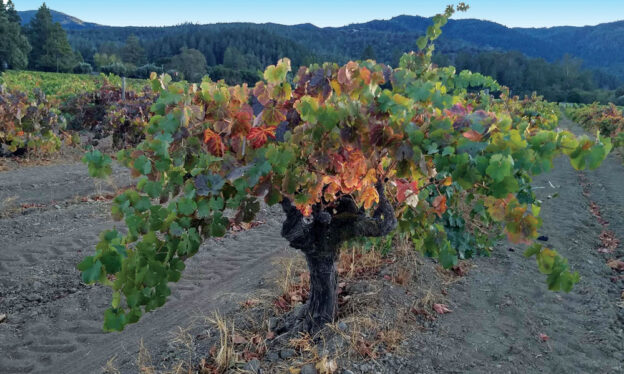

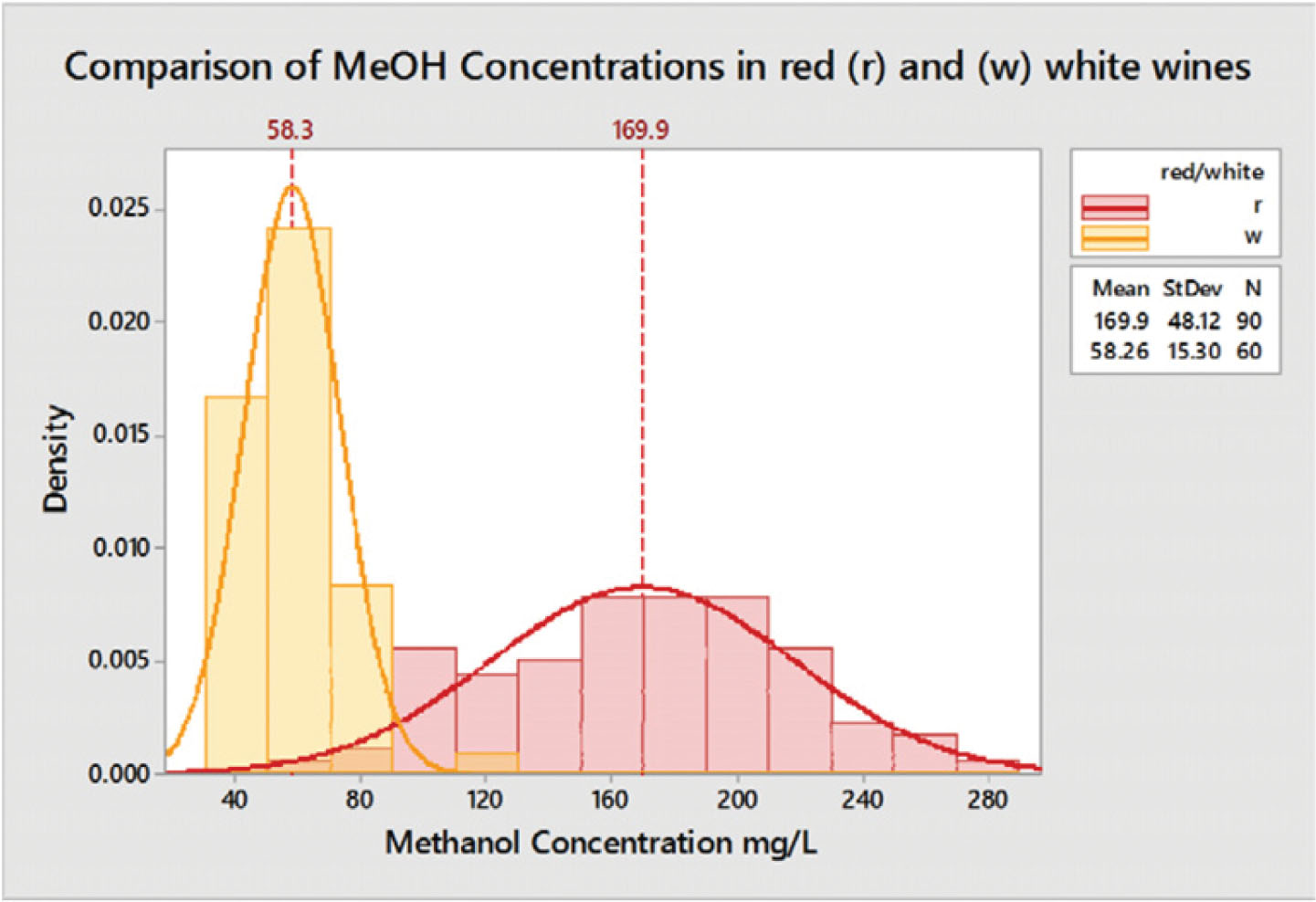
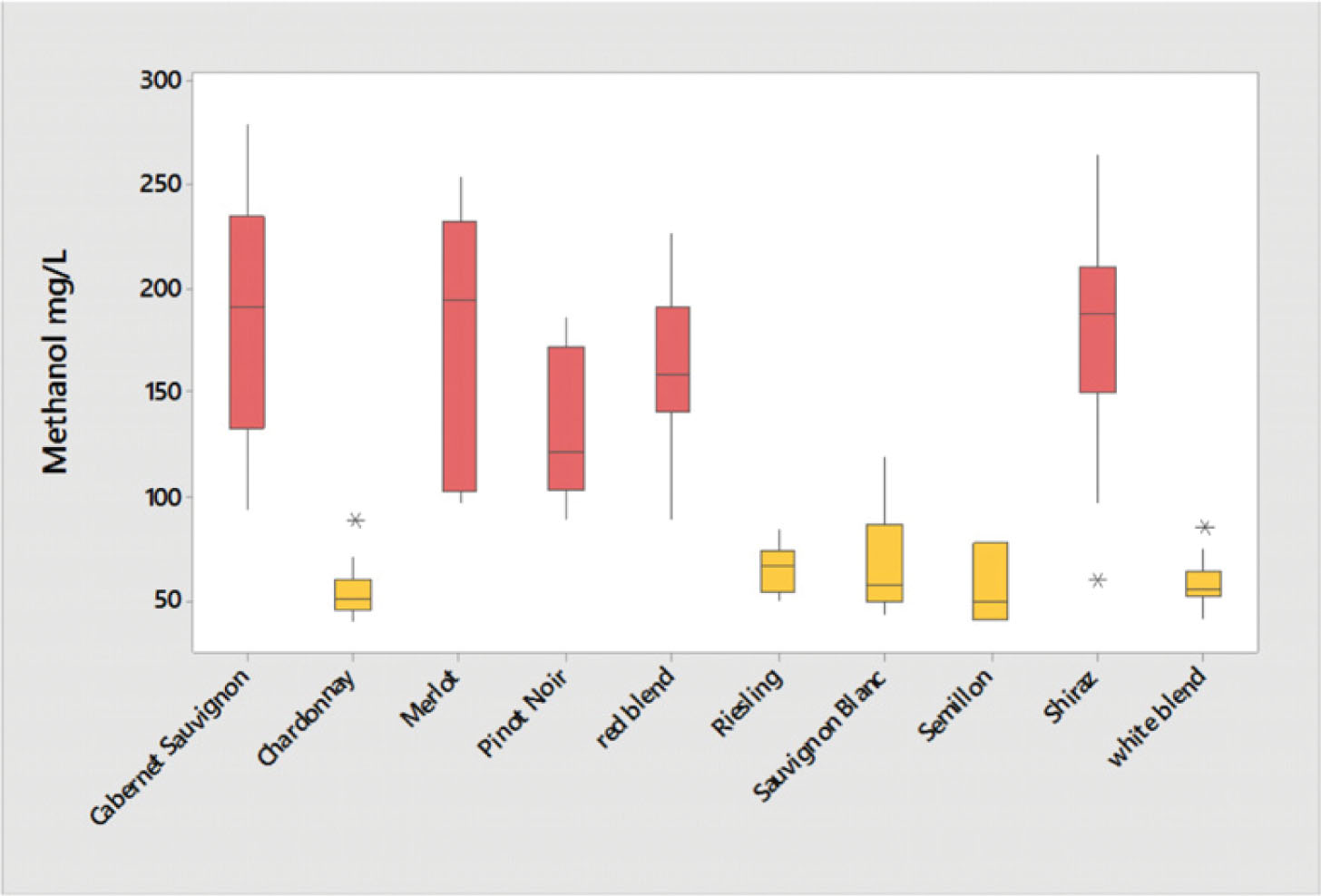
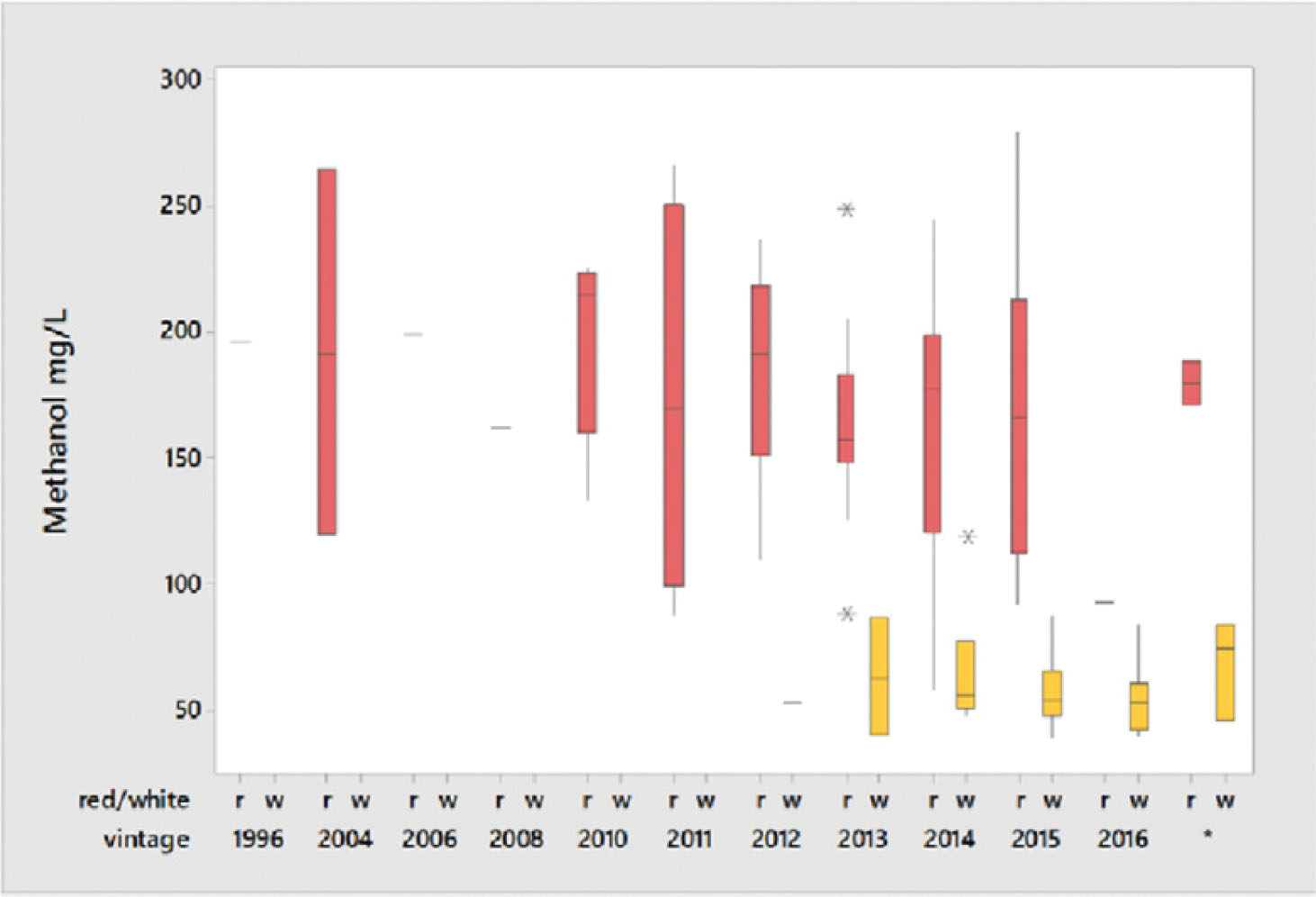

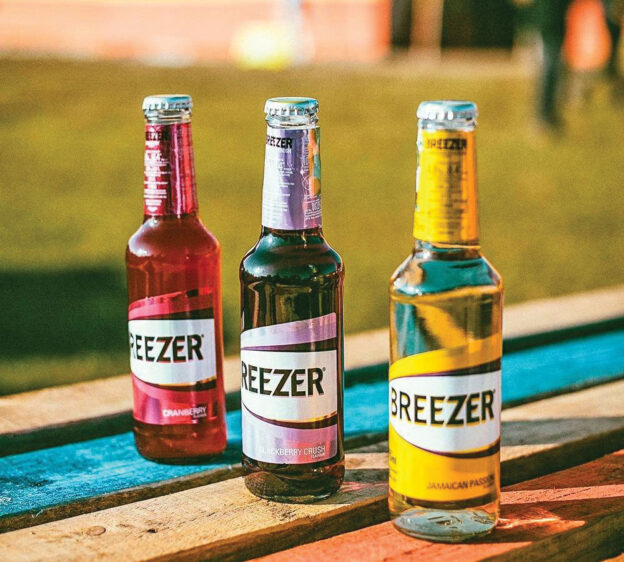
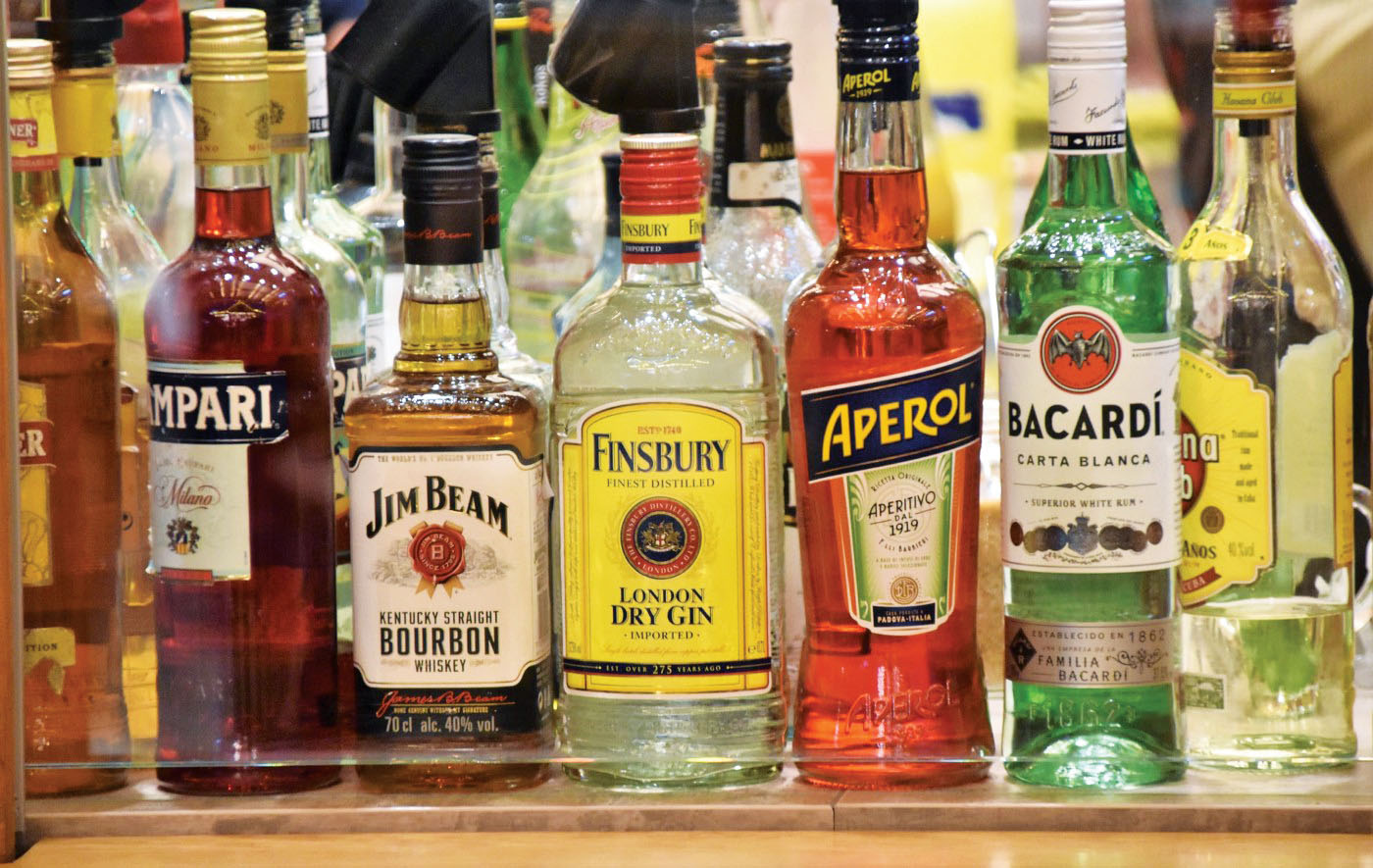
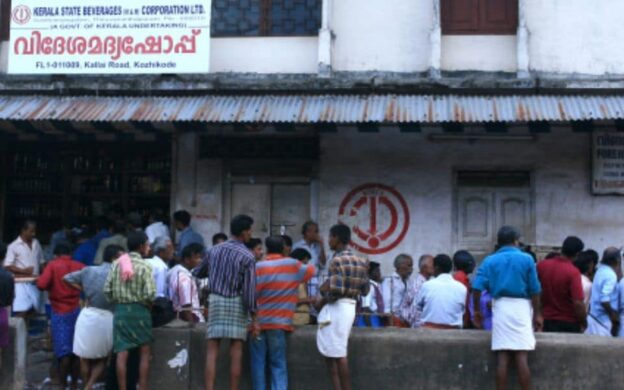
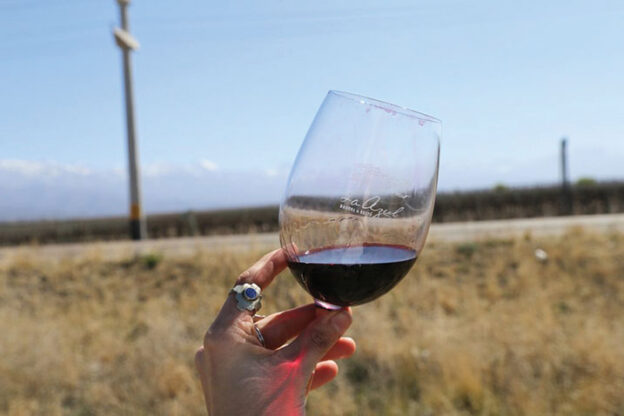
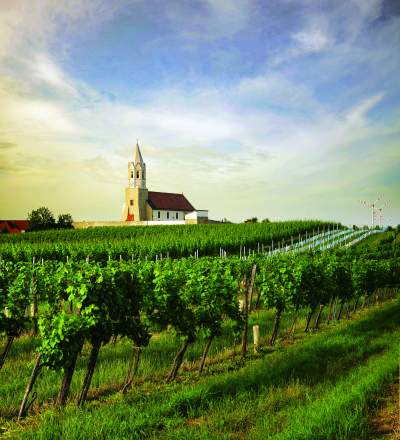
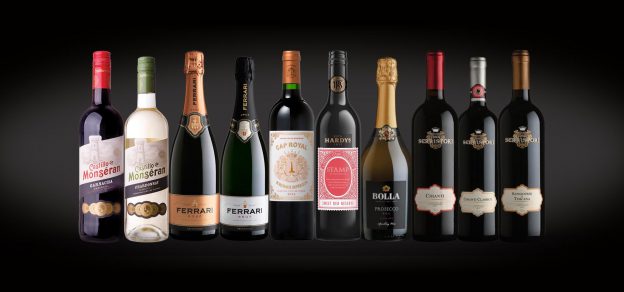
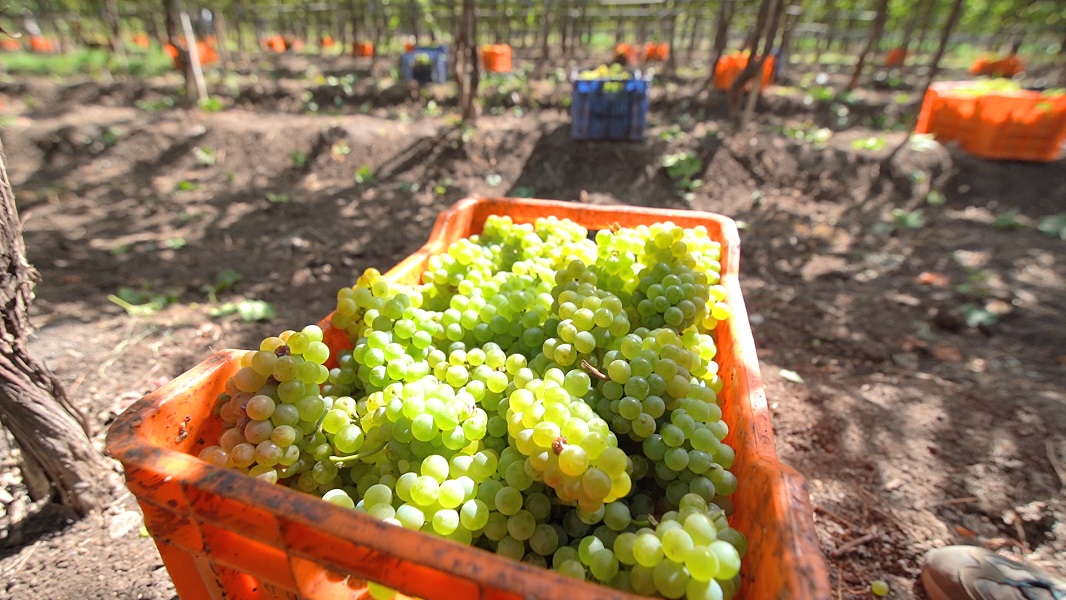
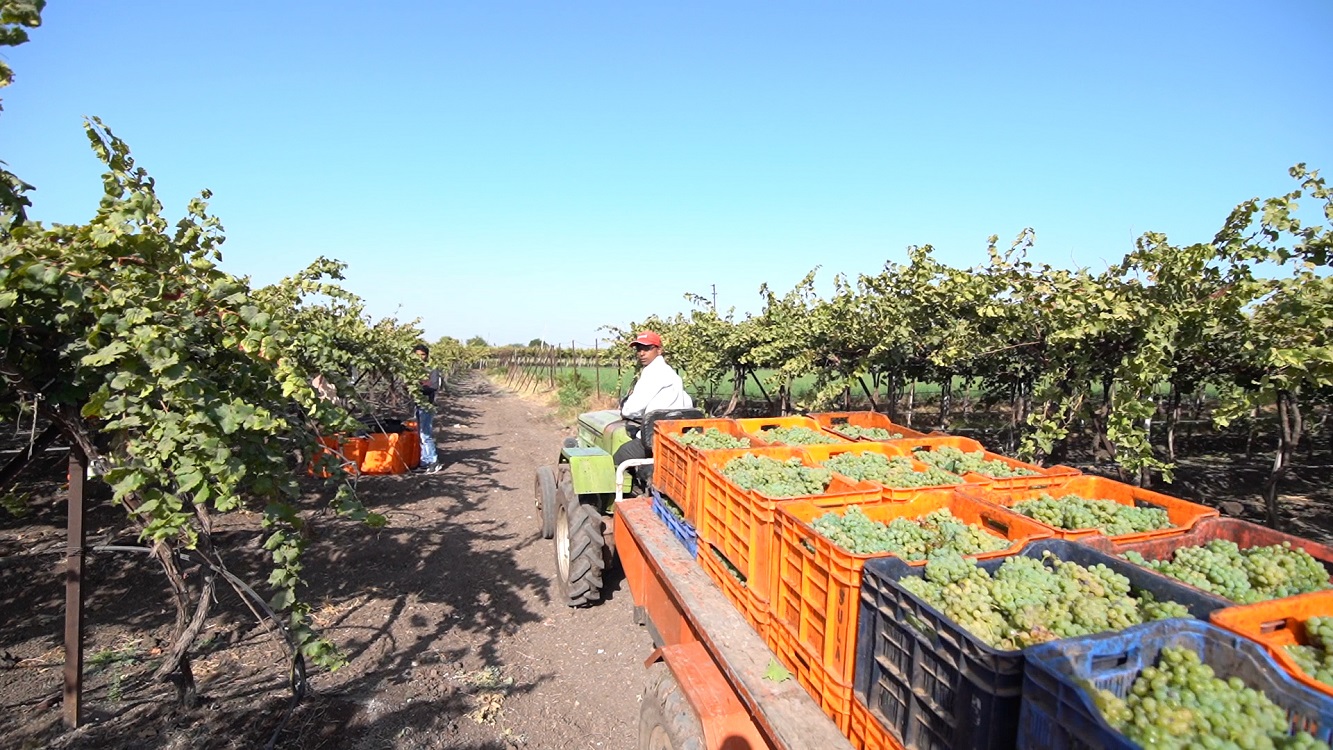 rural employment numbers. Today, almost 510 farmers from Maharashtra and Karnataka are working with Sula with assured buy back contracts.
rural employment numbers. Today, almost 510 farmers from Maharashtra and Karnataka are working with Sula with assured buy back contracts.